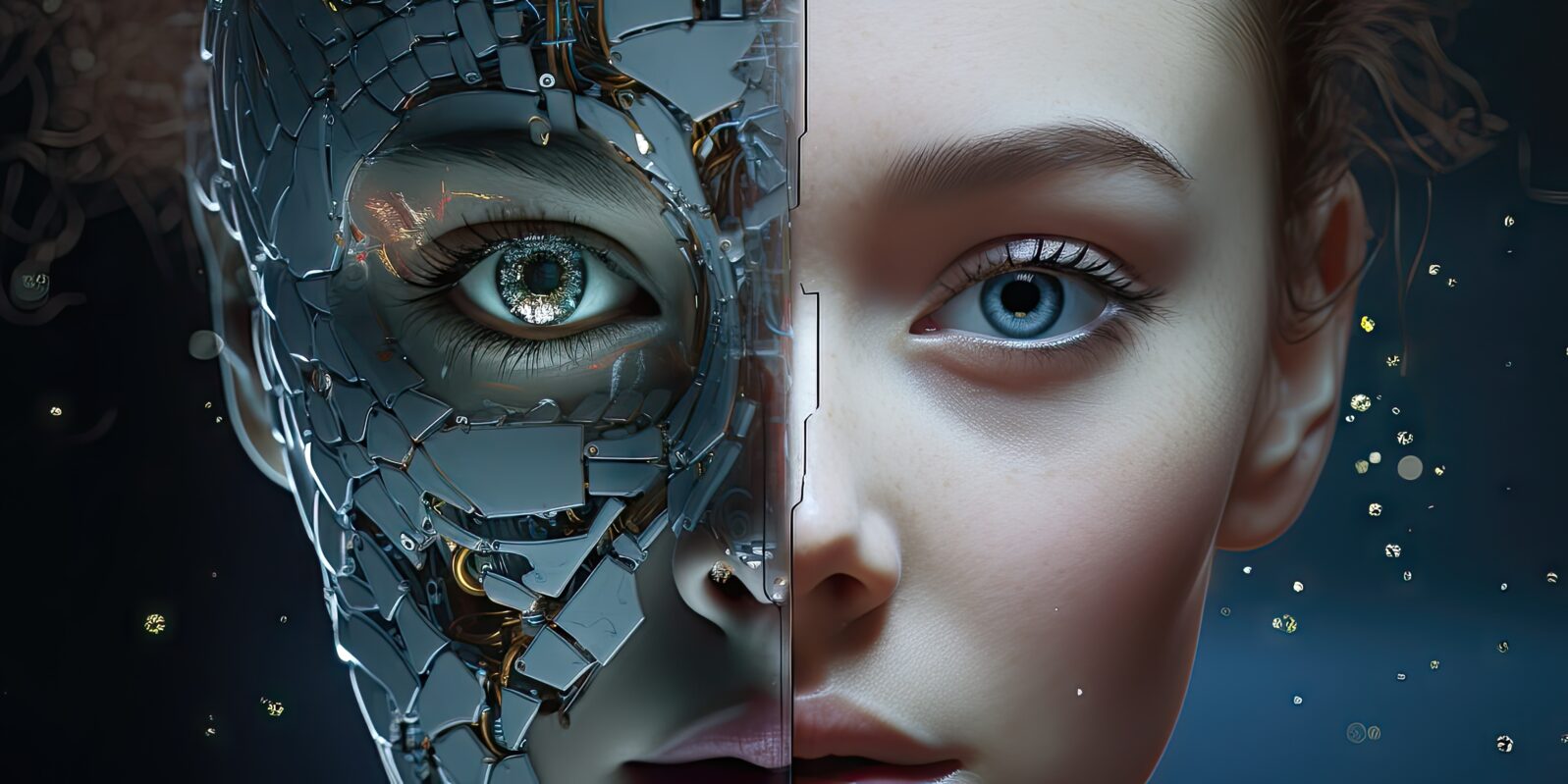Had to happen: Deepfake Marco Rubio calling U.S. officials
From Fox News, we learn this morning that an imposter used AI technology to pretend to be U.S. Secretary of State Marco Rubio and communicate with elected and appointed officials. Greg Norman reports,
The mystery individual posing as one of President Donald Trump’s Cabinet members reached out to foreign ministers, a U.S. governor and a member of Congress with AI-assisted voice and text messages that mimicked Rubio’s voice and writing style, the Washington Post reported, citing a senior U.S. official and State Department cable…
The cable reportedly said the impersonation act started in mid-June when someone created a Signal account with the display name Marco.Rubio@state.gov — which isn’t Rubio’s actual email address.
The July 3 cable reportedly added that the fake Rubio “contacted at least five non-Department individuals, including three foreign ministers, a U.S. governor, and a U.S. member of Congress.” “State Department investigating Rubio AI impersonator who contacted US, foreign officials,” July 9, 2025
A senior U.S. official described the attempt as “not very sophisticated.” However, if past experience is any guide, such attempts at deep faking will become more sophisticated over time.
Deep Media, a deepfake detection company, offers comparatively up-to-date information (February 17, 2025) on the rapid growth of deepfakes: “Misinformation Campaigns: Political deepfakes surged 300 percent in the last two years, impacting elections and public discourse.”
Unfortunately, the pointers offered for detecting them without electronic assistance don’t sound very reassuring. For example, “Deepfake voices often have slight robotic distortions or unnatural intonations.” and “Watch for audio that does not perfectly align with lip movements.”
Sure, and how long before the fakers correct those faults?
Fortunately, electronic methods can provide insight:
Reverse image and video searches can reveal whether the content has been altered or AI-generated.
AI detection tools analyze digital fingerprints for synthetic patterns. “How to Detect Deepfakes in 2025: The Growing Challenge of AI-Generated Manipulation”
Such giveaways would be harder to simply “correct” because they are built into the nature of the technology. And, not surprisingly, Deep Media offers a detection tool, warning that “As deepfakes become more advanced, traditional verification methods will not be enough. In 2025, real-time AI detection will become the industry standard for authentication.”
That’s likely a correct assessment and Deep Media will soon have lots of competitors in a world where seeing is no longer believing, as the proverb used to say.
Deepfake detection should be a standard offering in computer systems.
